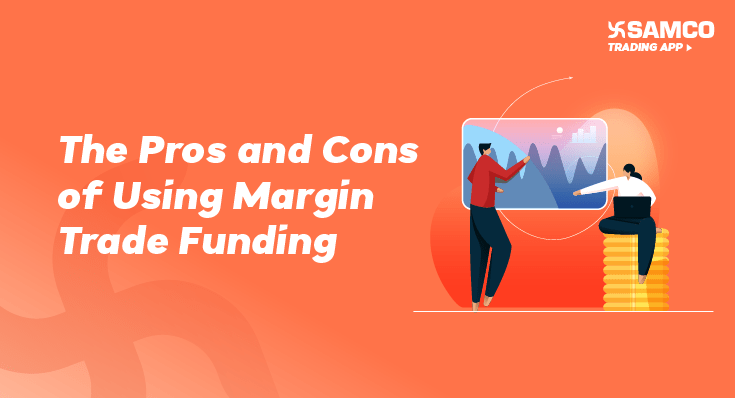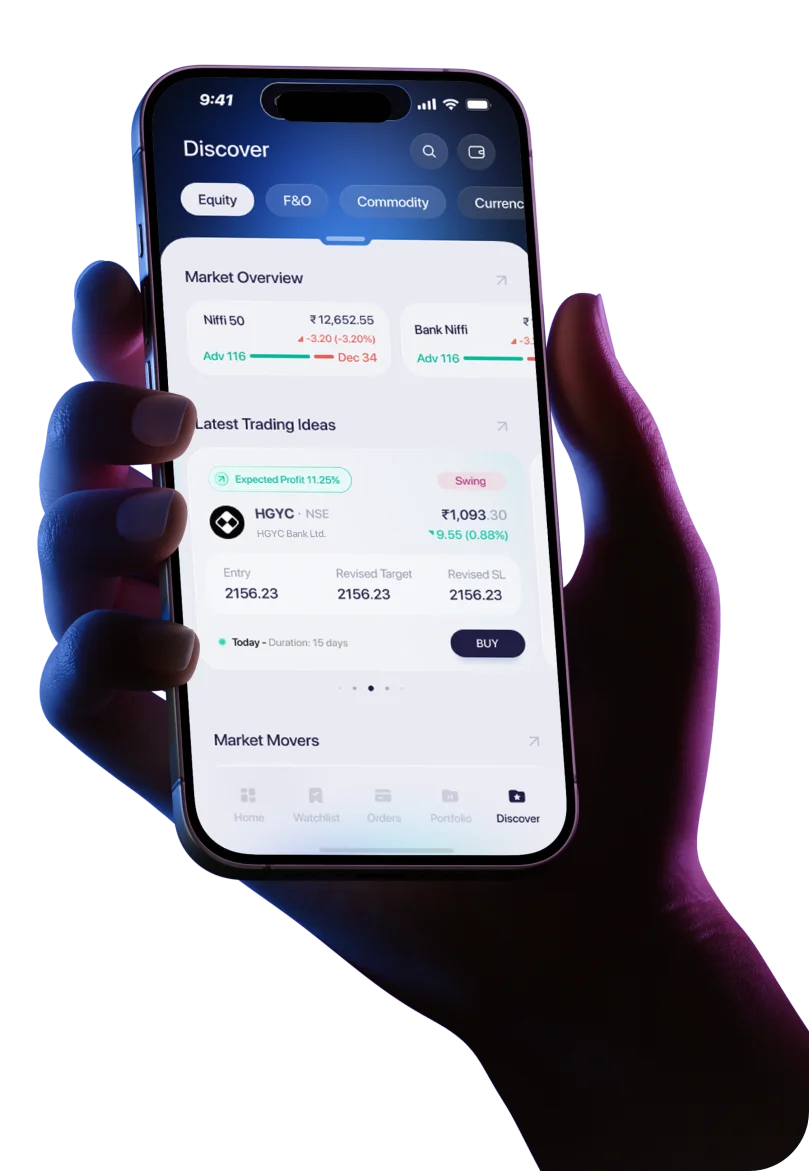Introduction
Looking to buy more shares than your budget allows? That’s where Margin Trade Funding (MTF) comes in. It allows investors to purchase delivery-based stocks by paying only a fraction of the total trade value upfront, while the broker funds the rest.
In simple terms, margin trade funding lets you stretch your capital and build larger positions than your cash balance would otherwise allow. It’s a powerful tool for investors who have conviction in a stock’s long-term potential but don’t want to wait to accumulate more funds. However, just like any form of leverage, it carries risks if used without proper discipline.
This article explains what margin trade funding is, how it works, its benefits, drawbacks, and when to use it wisely. By the end, you’ll know whether MTF is the right choice for your trading and investing strategy.
What is Margin Trade Funding?
Margin Trade Funding (MTF) is a facility offered by brokers that allows you to buy stocks by paying only a portion of the purchase amount. The rest is funded by the broker, and you pay interest on the borrowed amount until you square off or clear the dues.
This is different from intraday margin trading, where you must close your position before the market closes. MTF, on the other hand, is delivery-based — you can carry the shares overnight and hold them as long as you want, provided you maintain the required margin and pay the interest.
Example:
Suppose you want to buy shares worth ₹1,00,000. With margin trade funding, you may only need to pay ₹25,000 (25% margin). Your broker funds the remaining ₹75,000. You now own the shares, but you’ll be charged interest on the funded amount until you repay it.
In short, margin trade funding gives you leverage in delivery trading. You can build larger positions, but you also need to manage the risk of borrowing.
How Does Margin Trade Funding Work in India?
Margin trade funding in India is regulated by SEBI, and brokers follow specific rules to protect investors and themselves. Here’s how it works step by step:
- Funding Ratio: Brokers can fund up to a certain percentage of the stock’s value. Typically, you bring 25–50% as margin, and the broker funds the rest. The exact percentage depends on the stock’s category and volatility.
- Interest Rate: Brokers charge an interest rate (annualized, billed daily) on the funded amount. For example, if the interest rate is 12% per annum, and you borrow ₹75,000, the daily cost is about ₹25.
- Duration & Repayment: You can hold the shares indefinitely as long as you keep paying the interest and maintain the required margin. If you sell the shares, the broker adjusts the proceeds against the funded amount.
- Margin Shortfall Consequences: If the stock price falls and your margin drops below the required level, you’ll receive a margin call. If you fail to top up, the broker may sell your shares to recover the dues — this is called forced liquidation.
Sample Calculation:
- Capital invested: ₹25,000
- Stock purchased: ₹1,00,000
- Broker funds: ₹75,000
- Interest @ 12% p.a. → ₹75,000 × 12% ÷ 365 = ~₹25/day
If you hold the stock for 30 days, your funding cost = ~₹750. If the stock rises 10% (₹10,000), your net gain after interest = ₹9,250, which is much higher than what you could have made with just ₹25,000 capital. But if the stock falls 10%, you not only lose your margin but also pay interest on the borrowed amount.
Pros of Margin Trade Funding
Margin trade funding comes with several advantages for active investors:
- Increased Buying Power: You can buy more shares than your cash allows, which is useful when you have strong conviction in a stock.
- Flexibility in Holding: Unlike intraday margin, MTF lets you carry stocks overnight and hold them for days, weeks, or even months.
- Potential to Magnify Returns: A stock rising 10% generates higher returns on your invested margin when funding is used.
- Strategic Investing with Leverage: Investors can use MTF to build long-term positions in quality stocks without deploying full capital at once.
Cons & Risks of Margin Trade Funding
Leverage always has two sides, and margin trade funding is no exception. Here are the risks to be aware of:
- Interest Costs: The daily interest adds up quickly. If the stock doesn’t move as expected, your returns may get eroded or even turn negative.
- Compulsory Margin Requirements: If your stock value falls, you need to top up your margin. Otherwise, your broker can liquidate your holdings.
- Forced Liquidation Risk: A sudden market dip could trigger margin shortfalls and forced selling, often at unfavorable prices.
- Volatility Impact: High-volatility stocks can magnify both gains and losses. Using MTF in such counters is extremely risky.
- Not Beginner-Friendly: Traders without strong risk management skills or those relying on tips should avoid margin funding. It can quickly wipe out capital.
When Should You Use MTF? Who Should Avoid It?
MTF is suitable for:
- Experienced traders who track markets actively.
- Investors with high conviction in fundamentally strong, low-volatility stocks.
- Traders who understand stop-losses and risk management.
MTF should be avoided if:
- You are new to trading or lack experience in managing leverage.
- You trade purely based on recommendations or market noise.
- You cannot monitor your portfolio regularly.
In short, MTF is a useful tool if you are disciplined and understand the risks. If not, it can become a costly mistake.
Margin Trade Funding: What Makes It Unique?
Every broker offers margin trade funding, but the terms differ. Here are some points that make a reliable MTF facility stand out:
- Competitive Interest Rates: Lower interest means higher net returns for investors.
- Risk Controls: Tools like margin calculators and alerts ensure investors don’t get caught off-guard.
- Digital Process: Quick online application and transparent dashboards help track margin requirements and costs.
For instance, platforms like Samco provide transparent funding terms, real-time monitoring, and easy access to calculators that let you check costs before using leverage.
Conclusion & Final Takeaways
Margin trade funding can be a smart way to stretch your capital and amplify returns. It gives you leverage in delivery-based investing, allowing you to buy more shares with less upfront cash. However, it comes with clear risks — interest costs, margin calls, and the possibility of forced liquidation.
The golden rule is to use MTF only when you are confident about the stock, can manage the risk, and are prepared to monitor your positions closely. For disciplined investors, it can be a useful tool. For beginners or casual traders, it is often better avoided.
Like all leverage products, MTF works best when used wisely, cautiously, and with a clear strategy in place.




 Easy & quick
Easy & quick
Leave A Comment?